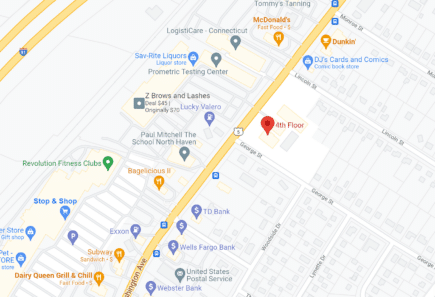
Hospice care is a team-oriented approach to medical care, designed to enhance the quality of life as it nears its end. It is designed to aid in pain management and offer emotional and spiritual support through palliative therapy, education and counseling.
It is tailored to the needs and wishes of the patient, as well as, the patient’s family and friends. Hospice care focuses on caring for the patient, as opposed to curing the illness.
Generally, hospice care is available to people of all ages and types of illnesses who have been advised by their physician that their illness is terminal and their life expectancy is six months or less. This definition has been expanded in recent years.
Obviously, the prognosis is often uncertain and may change; however, the benefit is not limited in terms of time. In the case of Medicare-covered hospice services, for example, when a physician initially certifies a patient for hospice services, a patient receives coverage for two initial election periods as long as a physician certifies the need for coverage. So essentially, the hospice benefit can be extended for years so long as the patient’s physician feels the patient has a life expectancy of six months or less.
A family member usually serves as the primary caregiver when a patient begins receiving hospice benefits and that family member helps the patient make decisions.
Hospice staff (physicians, nurses, home health aides, social workers, physical therapists, chaplains and other members of the hospice team) are on call 24 hours a day, seven days a week and make regular visits to assess the patient as well as to provide added care/services.
A patient must sign a statement electing hospice care and thereby agree to forego curative treatment for the illness – electing instead to receive palliative care. A patient, however, is not “locked into the benefit” and can revoke the benefit at any time. In fact, the patient can re-elect and revoke these benefits as often as necessary.
Hospice care is provided in a variety of settings – in the patient’s home, hospitals, nursing homes (for those patients receiving hospice care in a nursing home, hospice does not pay the nursing home bill unless it is considered necessary respite care) and other long-term care facilities and free-standing hospice centers.
Services are covered by Medicare, Medicaid, private insurance plans and HMO’s. Services which are not usually covered under these plans are often covered if they are considered appropriate, reasonable and necessary for palliation of a terminal illness. Basically, if the services are aimed at improving the patient’s quality of life and/or making the patient more comfortable, they will be covered. Each policy, however, is different so you should contact your insurance company or employer to find out what hospice benefits are covered by your plan.
Covered services may include medical and nursing care, physical and occupational therapy, pharmaceutical therapy for pain relief and symptom control, speech therapy, social work services, home health aides and homemaker services, bereavement counseling, chaplain visits, diet counseling, provision of medical equipment (walkers, wheelchairs, etc.) and respite care caregivers.
Patients looking for hospice care can now get help from Medicare’s website at www.medicare.gov . The agency’s new Hospice Compare site allows patients to evaluate hospice providers according to several criteria.





